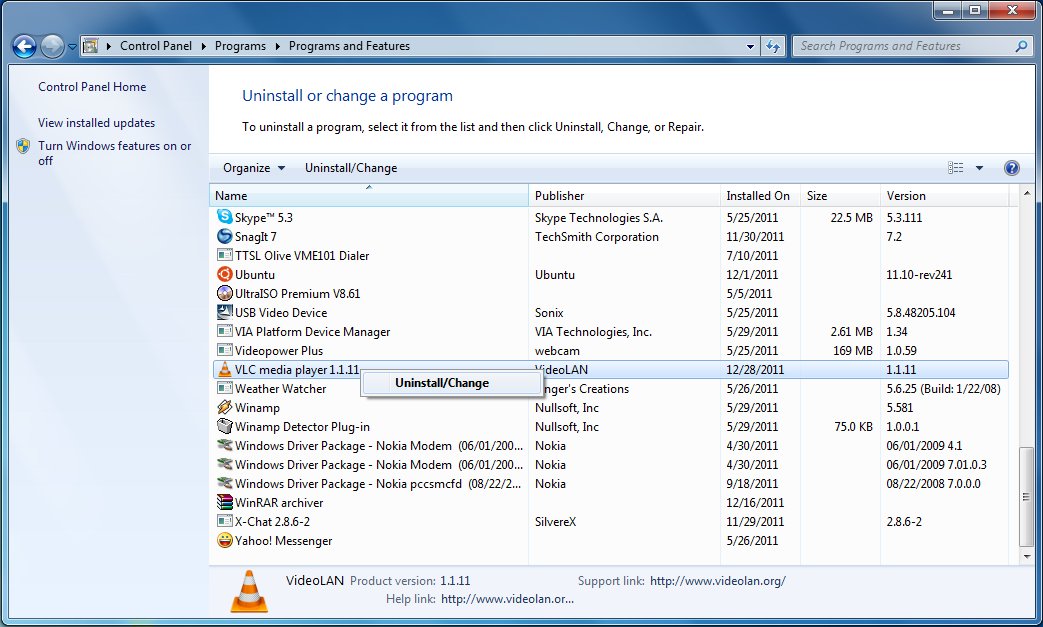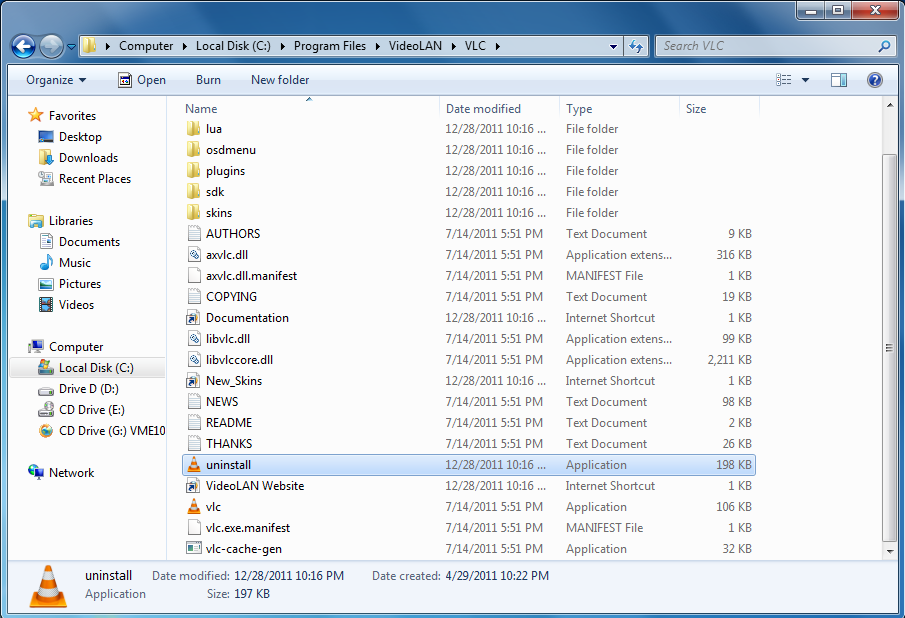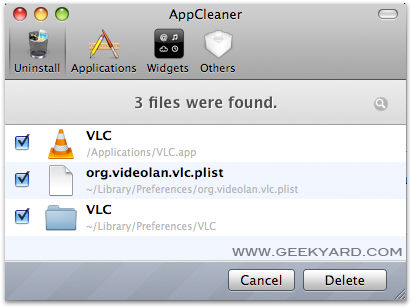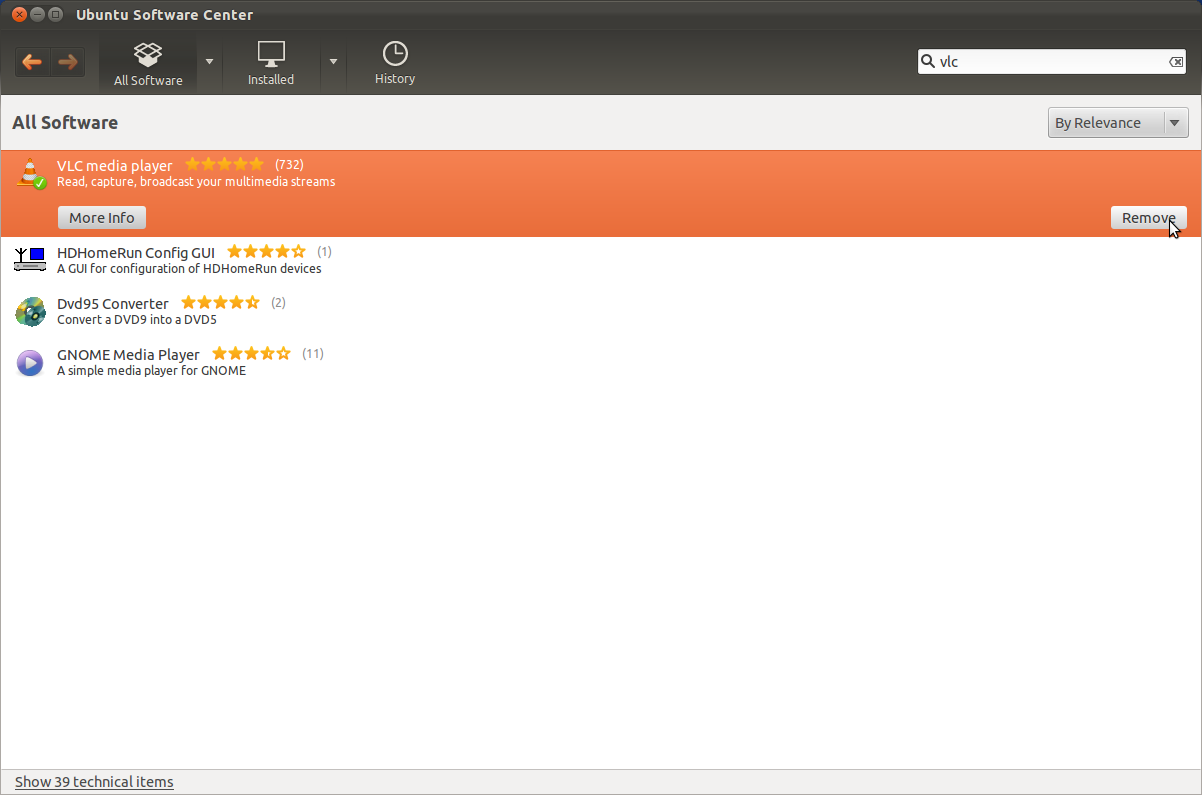Difference between revisions of "Documentation:Uninstalling VLC"
m (Headings) |
|||
| (One intermediate revision by the same user not shown) | |||
| Line 1: | Line 1: | ||
{{RightMenu|Documentation TOC}} | {{RightMenu|Documentation TOC}} | ||
| − | ==Windows [[File:Windows-logo.jpg|40x40px]]== | + | == Windows [[File:Windows-logo.jpg|40x40px]] == |
You can uninstall VLC from ''Add/Remove Programs'' (''Programs and Features'' in Windows 7) located in the ''Control Panel''. Search for VLC media player and right click, then select "Uninstall/Change". Follow the prompts to finish the uninstallation. | You can uninstall VLC from ''Add/Remove Programs'' (''Programs and Features'' in Windows 7) located in the ''Control Panel''. Search for VLC media player and right click, then select "Uninstall/Change". Follow the prompts to finish the uninstallation. | ||
| Line 9: | Line 9: | ||
[[File:Winunvlc.png|600x422px|centre]] | [[File:Winunvlc.png|600x422px|centre]] | ||
| − | == | + | == macOS [[File:Applelogo.jpg|40x40px]] == |
Drag the VLC application to your trash can. You can also remove the configuration file and the cache files in '''~/Library/Preferences/VLC/'''. There is an AppleScript on the disk-image which lets you do this automatically. | Drag the VLC application to your trash can. You can also remove the configuration file and the cache files in '''~/Library/Preferences/VLC/'''. There is an AppleScript on the disk-image which lets you do this automatically. | ||
| Line 18: | Line 18: | ||
[[File:Appcleaner.png|300x200px]] | [[File:Appcleaner.png|300x200px]] | ||
| − | == | + | == Linux == |
| − | + | === Debian [[File:Debian.png|40x40px]] === | |
| − | |||
| − | ==Debian | ||
Remove the packages that you installed: | Remove the packages that you installed: | ||
# '''apt-get remove --purge vlc libdvdcss2''' | # '''apt-get remove --purge vlc libdvdcss2''' | ||
| − | = | + | ==== Ubuntu [[File:Ubuntulogo.png|45x45px]] ==== |
| − | |||
| − | |||
| − | |||
| − | ==Ubuntu[[File:Ubuntulogo.png|45x45px]]== | ||
Remove ''VLC Media Player'' by entering this command in the Terminal. | Remove ''VLC Media Player'' by entering this command in the Terminal. | ||
| − | + | $ ''' sudo apt-get remove vlc ''' | |
Or you can also search ''VLC'' in the ''Ubuntu Software Center'' and click on ''Remove'' to uninstall it. | Or you can also search ''VLC'' in the ''Ubuntu Software Center'' and click on ''Remove'' to uninstall it. | ||
[[File:Ubunvlc.png|550x500px]] | [[File:Ubunvlc.png|550x500px]] | ||
| − | == | + | === Red Hat and SuSE [[File:Redhat.jpg|40x40px]][[File:Suse-Logo.png|35x35px]] === |
| + | Uninstall the RPM packages that you installed: | ||
| + | # '''rpm -e vlc-version vlc-mad-version wxvlc-version libdvdcss2-version libdvdpsi1-version''' | ||
| + | |||
| + | == Compiled the sources by yourself == | ||
Go to the directory containing VLC sources and execute | Go to the directory containing VLC sources and execute | ||
# '''make uninstall''' | # '''make uninstall''' | ||
Latest revision as of 00:11, 5 February 2019
Contents
Windows 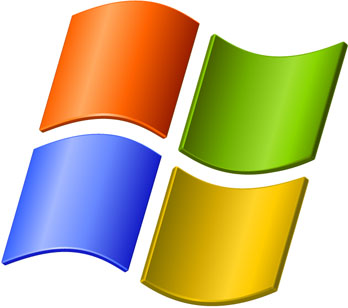
You can uninstall VLC from Add/Remove Programs (Programs and Features in Windows 7) located in the Control Panel. Search for VLC media player and right click, then select "Uninstall/Change". Follow the prompts to finish the uninstallation.
Alternatively, you can browse to VLC's installation directory (for a typical install, go to your C: Drive and look for Program Files (if 64-bit, Program Files (x86) )→VideoLAN→VLC and double-click on the uninstall link and follow the prompts to uninstall.
macOS 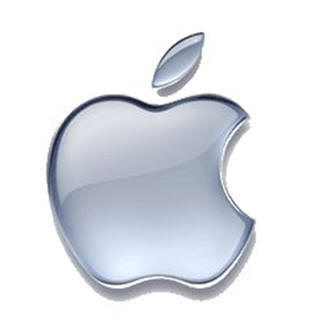
Drag the VLC application to your trash can. You can also remove the configuration file and the cache files in ~/Library/Preferences/VLC/. There is an AppleScript on the disk-image which lets you do this automatically.
If that did not work, you can double-click on the Applications icon. This will bring up a list of all applications on your Mac. Scroll through the list of Applications, then press and hold the Ctrl button to bring up a table of options and actions. Click on "move to trash".
Finally, if the previous processes failed, you can try downloading a third-party uninstaller program to uninstall it, such as AppCleaner.
Linux
Debian 
Remove the packages that you installed:
# apt-get remove --purge vlc libdvdcss2
Ubuntu 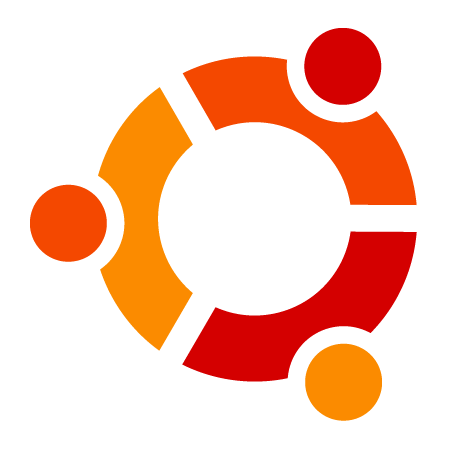
Remove VLC Media Player by entering this command in the Terminal.
$ sudo apt-get remove vlc
Or you can also search VLC in the Ubuntu Software Center and click on Remove to uninstall it.
Red Hat and SuSE 

Uninstall the RPM packages that you installed:
# rpm -e vlc-version vlc-mad-version wxvlc-version libdvdcss2-version libdvdpsi1-version
Compiled the sources by yourself
Go to the directory containing VLC sources and execute
# make uninstall
You can then remove the VLC sources.
Please read the Documentation Editing Guidelines before you edit the documentation
